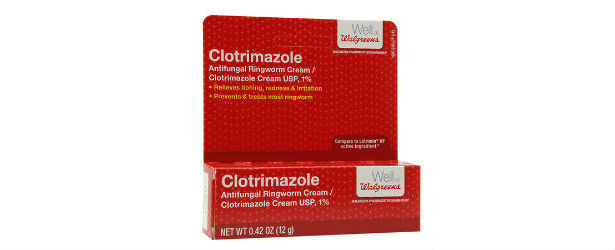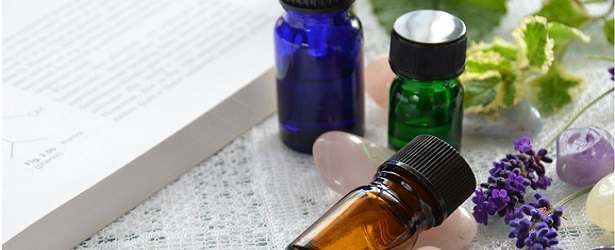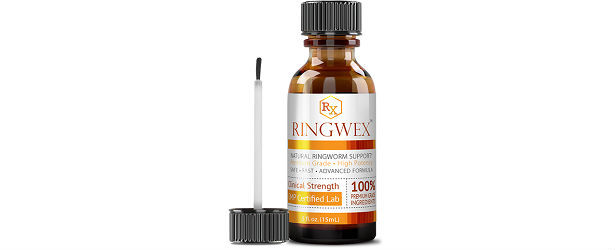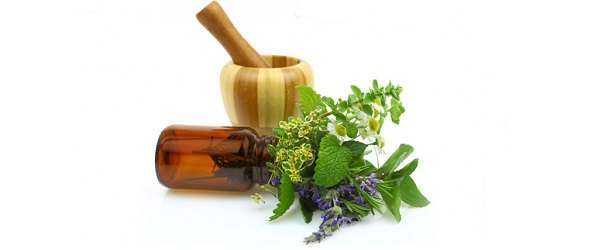
The Fungus Fighting Herbs
Ringworm is a disease that is caused by different types of fungi that are called dermatophytes. Ringworm which is also known as tinea or dermatophytosis is the reaction of a parasitic fungus on the skin and it may affect any part of the body. There are different names for it depending on the part of the body it affects and these names include ‘body ringworm’, ‘nail ringworm’, ‘scalp ringworm’, ‘athlete’s foot’ or ‘jock itch.’ These fungal infections are often very contagious and they can be spread through direct contact with people or even through pets. When someone has been infected with ringworm, there will be small circles or rings of red skin that may look dry or scaly. If it infects the fingers or toes, the nails may look as though they are crumbling. There are several ways to treat this type of fungal infection including with herbs that have anti-fungal properties. However, if the infection does not go away after many weeks, it is best to contact a doctor or health care professional for additional treatment options.
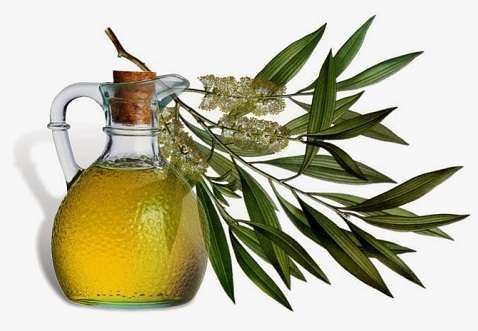 Tea tree oil has been used as a medicinal herb for a very long term and it is a very versatile herb. It is often used to treat skin infections or animal bites but can also be used to treat wounds because it has both antibacterial and anti-fungal properties. Applying tea tree oil to areas which are infected by a tinea fungus can help to treat the areas. Tea tree oil should only be used topically and should never be ingested.
Tea tree oil has been used as a medicinal herb for a very long term and it is a very versatile herb. It is often used to treat skin infections or animal bites but can also be used to treat wounds because it has both antibacterial and anti-fungal properties. Applying tea tree oil to areas which are infected by a tinea fungus can help to treat the areas. Tea tree oil should only be used topically and should never be ingested.
Myrrh is another traditional healing supplement. The resin from the tree is used to make medicine and it can be used in many settings. Myrrh is believed to have both antibacterial and anti-fungal properties and when it is used in combination with other essential oils, it can be used as an effective solution or treatment for tinea fungus- particularly athlete’s foot.
Combining myrrh with lavender oil would both help to fight the fungal infection as well as relieve inflammation and soothe the skin around the damaged area. Myrrh should only be used topically and should not be ingested.
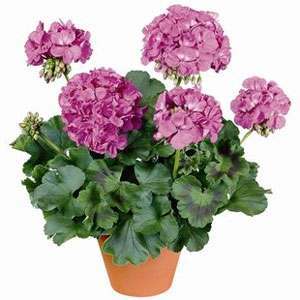 Many herbalists use grapefruit seeds, rinds and even the pulp of the fruit to produce medicine that is said to have anti-fungal properties. Dr. Linda White and Steven Foster, a plant expert, recommend this type of treatment in their book ‘The Herbal Drugstore’. They suggest that applying a grapefruit medicine to the infected area several times a day will help relieve fungal infections.
Many herbalists use grapefruit seeds, rinds and even the pulp of the fruit to produce medicine that is said to have anti-fungal properties. Dr. Linda White and Steven Foster, a plant expert, recommend this type of treatment in their book ‘The Herbal Drugstore’. They suggest that applying a grapefruit medicine to the infected area several times a day will help relieve fungal infections.
The geranium plant may also relieve fungal infections caused by tinea. The geranium is a plant which is native to the country of South Africa however it is grown all over the world. It has been used as a remedy for many ailments including indigestion, diarrhea, worms, rheumatism and respiratory infections. The essential oils created from the geranium plant are said to have both antibacterial, anti-fungal and anti-inflammatory properties which can help relieve the discomfort associated with tinea infections as well as provide a natural treatment for these types of fungal infections. To use geranium oil, apply it several times a day on the affected area. This oil should not be used on children nor should it be ingested.
TOP 5
RINGWORMTreatments |
|||||
| Ringworm Clear | Phytozine | DermaRiche | Naturasil | Forces of Nature | |
|---|---|---|---|---|---|
| 1 | 2 | 3 | 4 | 5 | |
| Price (1 bottle) Price (6 bottles) *Best Value |
$49.95 $139.80 |
$39.95 $215.73 |
$39.95 $215.73 |
$49.95 $269.73 |
$34.85 $188.19 |
| Overall Rating | 99.40% | 84.60% | 80.00% | 78.90% | 71.10% |
| Effectiveness |      |      |      |      |      |
| Speed of Results | Extremely Fast | Good | Average | Average | Slow |
| Quality of Ingredients | Premium | Good | Good | Average | Unknown |
| Customer Satisfaction Evaluation | 99.30% | 82.50% | 78.90% | 76.00% | 69.00% |
| Safety Evaluation | Safe for Use | Safe for Use | Safe for Use | Safe for Use | Safe for Use |
| Customer Service Rating |      |      |      |      |      |
| Reorder Rate | Highest | Good | Good | Average | Average |
| Return Policy | Risk Free | Risk Free | Risk Free | Risk Free | Risk Free |
| Success Rate | 99.30% | 81.00% | 78.50% | 75.30% | 69.00% |

 Subscribe Now
Subscribe Now




